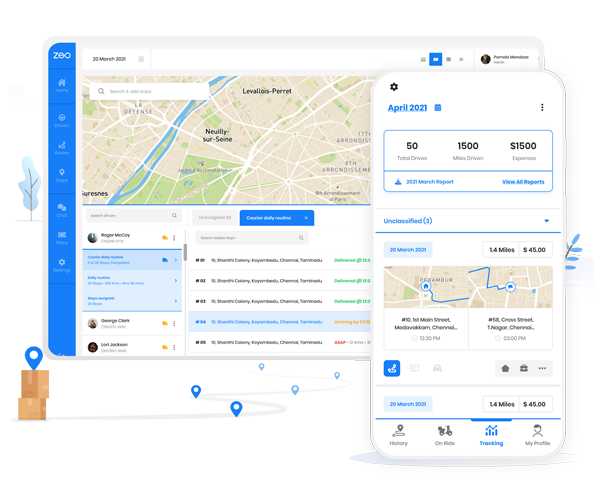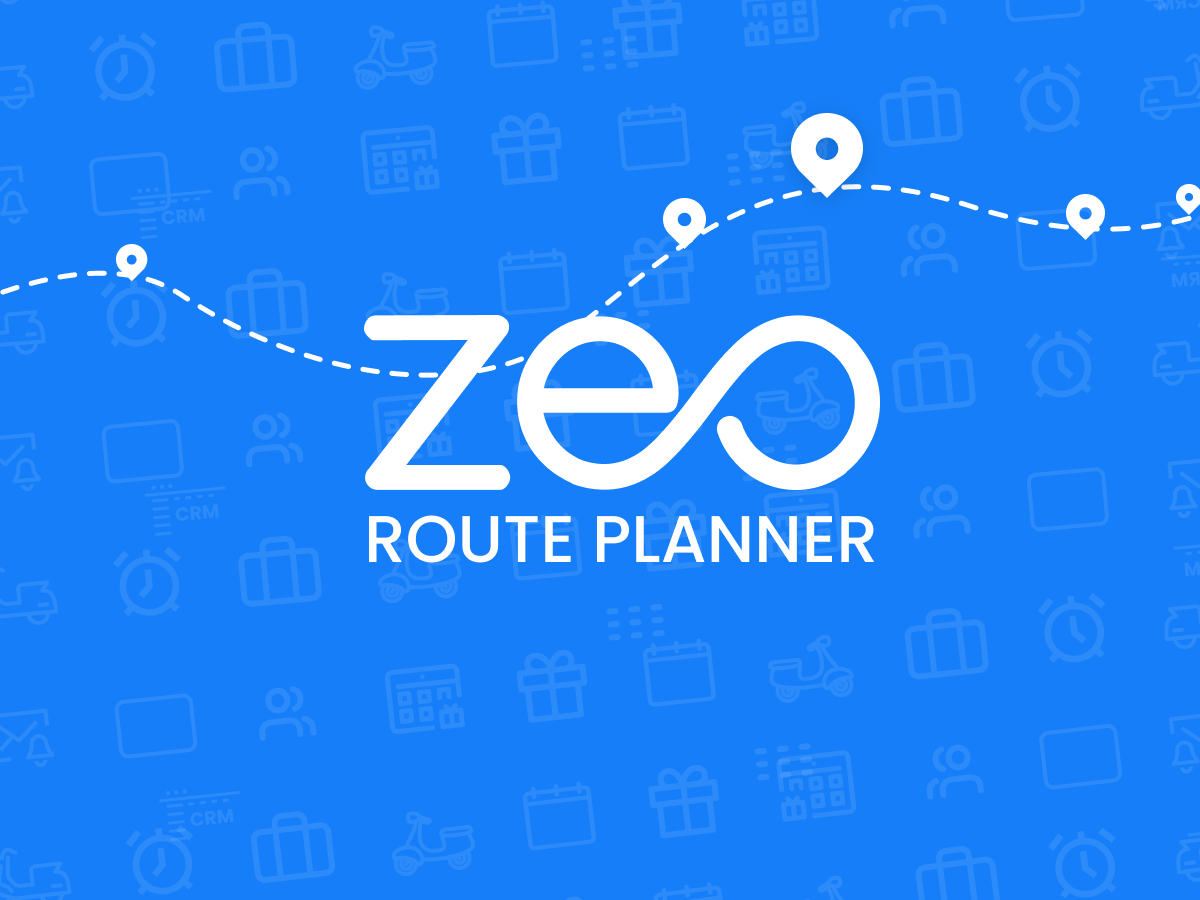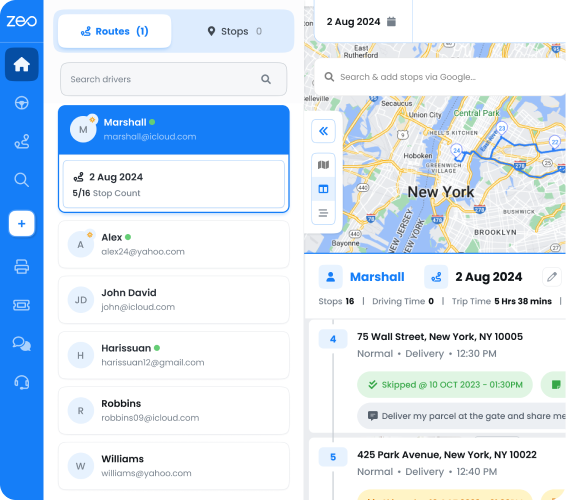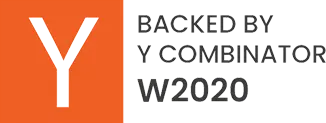Updated on: October 5, 2025
The packaging costs are on a surge in 2025. And, it’s the cost that’s actually redefining the bottom line for delivery fleets, subscription services, and last-mile operations.
Containerboard prices, for instance, have increased by about USD 60–80 per metric ton. At the same time, there’s growing pressure on businesses to reduce waste not just for sustainability, but for real cost savings.
This is why the global sustainable packaging market is projected to reach USD 126 billion by 2025 and is expected to double by 2034.
So, for the small- and mid-sized, routing-focused operator, it’s a call to action: you can’t afford to ignore packaging. Thankfully, there are ways you can reduce the packaging costs. And, we’re going to discuss those in detail.
5 Ways to Reduce Packaging Costs in 2025
Packaging adds to the logistics and retail costs. To outpace the competition, you could explore a few ideas that help reduce these. Belo, we’ll discuss five of those along with quick action items on executing the same.
-
Rethink Material Choices
Material selection is often the first place where costs spiral. You may not want to use heavy-duty packaging unless it is essential. A smarter approach would be to match materials to product needs that help reduce excess spending and keep shipments secure.
Adopting the use of corrugated wraps, lightweight cardboard, or even compostable fillers acts as a great starter since they align with sustainability goals. It’s with such approaches that you could lower per-unit costs and even reduce storage + handling expenses across the supply chain.
Here’s how to make this work:
- Audit your top five SKUs and match packaging strength to each
- Replace plastic fillers with recyclable paper-based alternatives
- Compare supplier quotes for corrugated vs. traditional cardboard
-
Optimize Packaging Design
Design does influence the amount of packaging you’d use. It also determines the efficiency of shipping products.
Now, when you choose oversized boxes, you’ll be paying for empty space in packaging and freight. So, a workaround here would involve standardizing a few right-sized packages for different types of products.
This will make sure that most products fit snugly by reducing filler and improving load efficiency in vehicles.
Optimizing the packaging design requires- Coming up with three to four standard box sizes that cover most shipments
- Tracking the use of filler material on a monthly basis and setting reduction targets
- Pilot a modular packaging for irregularly shaped products
-
Buy in Bulk and Renegotiate Vendor Terms
Apart from the materials, packaging also involves adjusting to the volume. You may be buying in small batches. But it can mean paying premium pricing, especially during supply crunches.
But if your business is operating at scale, bulk procurement becomes a strategic lever. Most suppliers offer multi-tier pricing that rewards predictability, wherein the more you commit upfront, the more margin you unlock downstream.
Again, you’ll need forecasting accuracy (more in #5) and internal alignment with your inventory turnover and delivery cycles.
You’ll find many vendors who provide tiered pricing. So, locking in volumes per quarter can help cut per-unit costs. Also, you can connect with the local suppliers that help bring down lead times and transport charges.
Adopting these practical ways goes a long way in driving cost control:increase fuel savings
Save 2 Hours on Deliveries, Everyday!
Optimize routes with our algorithm, reducing travel time and costs efficiently.
Get Started for Free- Forecast quarterly packaging demand and buy in bulk
- Request tiered pricing quotes with minimum volume commitments
- Work with local vendors or include packaging in 3PL contracts
-
Build a Packaging SKU Catalog with Usage Analytics
Most companies fail to accurately estimate the amount of space required for their packaging types. A variety of box sizes, filler materials, and tape variants introduces unnecessary complexity.
This approach screams procurement inefficiency, while simultaneously leading to cluttered warehouses, slowing down the packing process, and resulting in overstocking or out-of-stock issues.
A solution here is to have a centralized packaging SKU catalog. It acts as a master list of approved materials and their associated use cases (e.g., Box A = SKUs 101–120, Box B = temperature-sensitive items, etc.). You’ll then tie each packaging SKU to historical usage analytics.
To get started, you’ll need to
- Audit past 6–12 months of packaging usage by order type and weight
- Classify packaging SKUs into “core,” “secondary,” and “retire” buckets
- Link packaging SKU data into your ERP or WMS for real-time usage tracking
-
Improve Inventory & Delivery Planning with Zeo
For tip #3 above, we mentioned how packaging costs are even tied to forecasting accuracy and internal alignment. It’s because delivery planning is also tied to lower packaging costs.
Well-clustered routes make way for fewer trips and, vis-à-vis, less packaging for repeat or failed deliveries.
Introduce Zeo Route Planner, which can elevate this process to the next level with features like recurring routes.This makes it easy to forecast packaging needs.
For instance, you can tie the daily milk runs or e-commerce subscriptions to predictable box types and volumes. The real-time ETAs help prevent missed deliveries that cut down the need for double packaging or return-safe wraps.
The packaging savings with Zeo are possible since it helps:
- Optimize route frequency to minimize packaging cycles
- Forecast box volumes via recurring delivery insights
- Leverage ETAs to reduce missed delivery repackaging
- Plan routes to avoid last-minute packaging panic
Conclusion
If you want to control packaging costs, it’s best to address the planning problem. Many businesses overspend because they fail to gain proper visibility into their route structures, delivery frequencies, or the actual volume of goods being moved daily.
They react to demand instead of steering it and ultimately fail to manage the packaging costs. While the other four techniques can certainly help the cause, the real win starts with better forecasting.
Start by integrating the packaging part into your logistics engine, rather than treating it as an additional expense.
When your routes, timelines, and volumes are predictable, your packaging isn’t just cheaper—it’s efficient. You cut waste at the source, not at the warehouse.
Ready to reduce packaging costs where they start?
Start with our 7-day free trial to turn your delivery data into real savings.

Are you a fleet owner?
Want to manage your drivers and deliveries easily?
Grow your business effortlessly with Zeo Routes Planner – optimize routes and manage multiple drivers with ease.

increase fuel savings
Hassle Free Deliveries & Pickups!
Optimize routes with our algorithm, reducing travel time and costs efficiently.
Get Started for Free





















